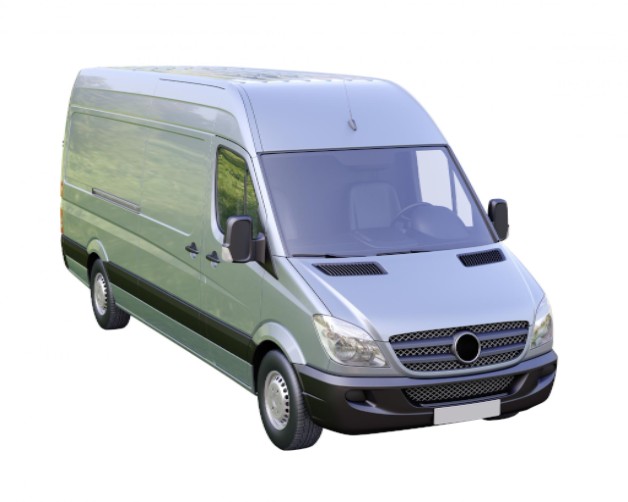Have you admired the tiny home movement from afar and are finally ready to take the plunge, but don’t want to be tied to one place? Or are you a retiree ready to start a new adventure?
If so, a camper van may be the right tiny home for you!
Converting a Mercedes Sprinter van into a tiny home is an exciting venture and a fantastic way to shed your burdens, get off the grid, and claim the freedom to roam the world.
The Sprinter camper vans Instagram pages All in the Van and Julius the Van illustrate some of the beautiful living spaces, gorgeous scenery, and incredible adventures you can enjoy while living in your camper van.
In less than half a year, you can have a home on wheels and free yourself from the constraints of a house or apartment, and the myriad bills and expenses that come with them.
Here’s how:
Cost
A brand-new Sprinter costs anywhere between $33,000 and $56,000. Converting your chosen van into a tiny home can run anywhere from several thousand to tens of thousands of dollars, but the freedom that comes with being able to climb into the driver’s seat and move your house is priceless. With three different basic models and any number of custom features, you can choose the Sprinter that fits your traveling dreams.
If you have an ample budget or DIY skills, you can customize to your heart’s delight. Of course, the easiest route is to hire a customization specialist to convert your van for you, but this is also more expensive. One blogger bought a used van and completed the whole transformation for $15,000, proving that converting a Sprinter into a home on wheels can be doable for just about any budget.
Eco-Friendly
Mercedes estimates the Sprinter’s gas mileage to be in the high twenties, and as a diesel engine the engine system can be converted to run on vegetable oil, allowing your tiny home lifestyle to be even more eco-friendly. Including solar panels in your plans is a terrific way to go green, and will reduce your reliance on hook-ups, freeing you to camp in more places.
Planning
The key to satisfaction with this project is planning and testing. Building mock-ups of the various elements and testing out how they function over a weekend of living with them will save you the heartache of undoing and redoing days of poorly planned work. An important tip to remember when converting a Sprinter into a tiny home is that there are very few straight lines in a Sprinter, so allow for those curves in your plans.
Space
In any tiny home, space is in short supply. One clever way to make the most of your van life is by installing a bed lift to store your bed on the ceiling when not in use. Be sure you include lots of built-in, out-of-the-way storage to maximize your living space.
In any tiny living space, the use of hooks, Velcro, hanging shoe storage bags, and other wall storage is vital — even more so if you are traveling with a companion.
And yes, you can even live the van life with kids. With the ingenious use of sliding platforms, sleeping space can be optimized while keeping room for car seats.
Weight
When converting a Sprinter to a tiny home, weight and noise are also key factors. Conventional cabinets are heavy and will drain your gas mileage. A fantastic way around this is to use foam or other soft storage options. It not only reduces your van’s weight but insulates your tiny home against noise too.
With sufficient research and dedication, even a novice can escape to the open road in a Sprinter camper van.

